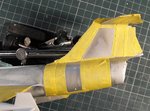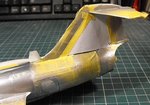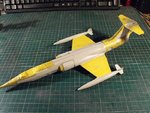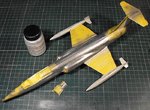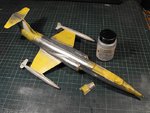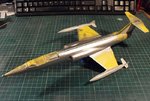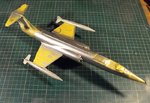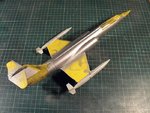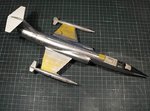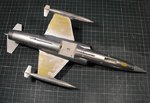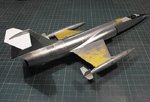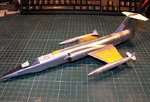T Bolt
Colonel
Been busy lately Terry so completely missed this thread but have caught up on it tonight. You've done a wonderful job with that kit. Looks like it's the same as the old Monogram Centaury series release I have in the stash. I had planed to do it in NMF, but after seeing the fit problems you've had to deal with I might be rethinking that.

